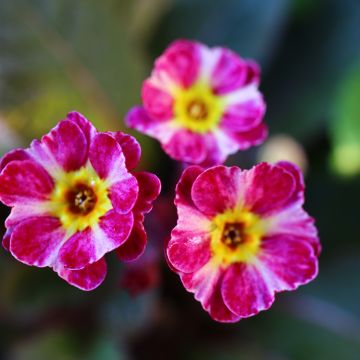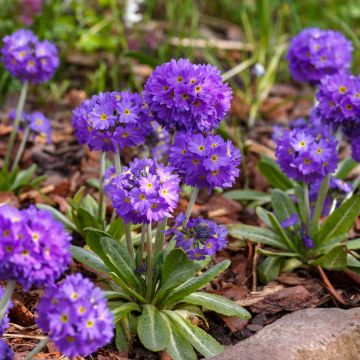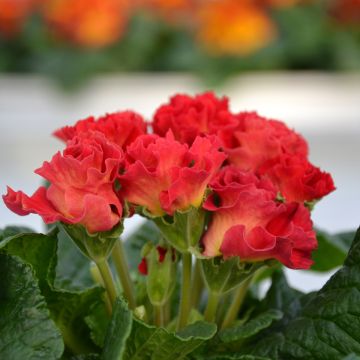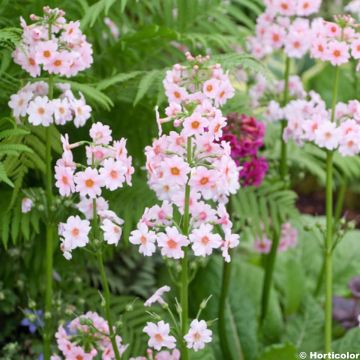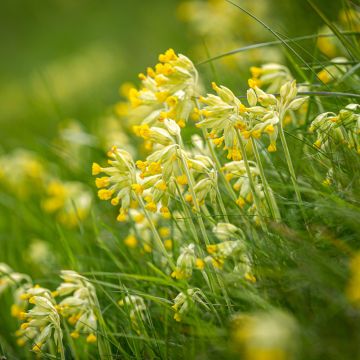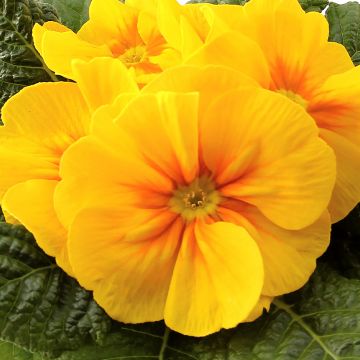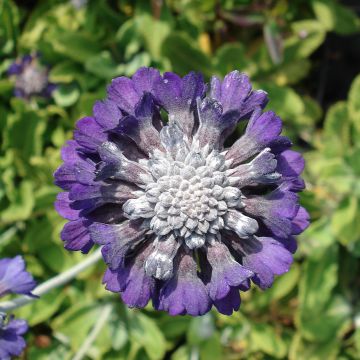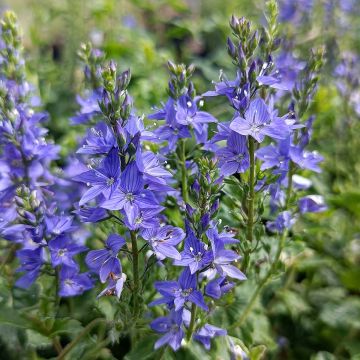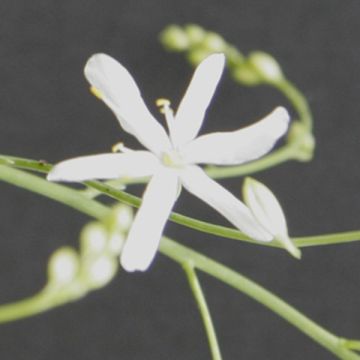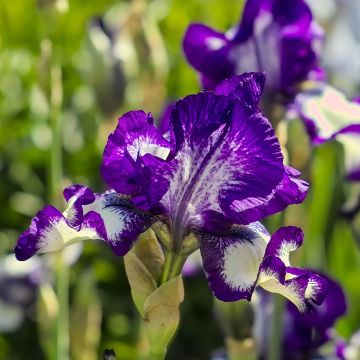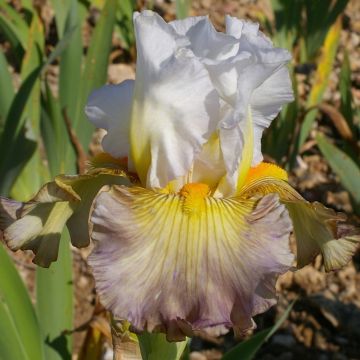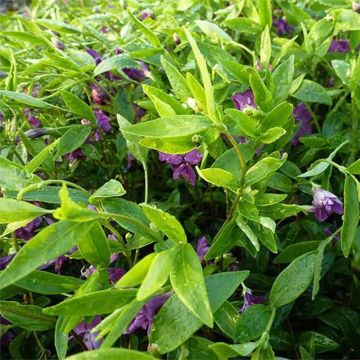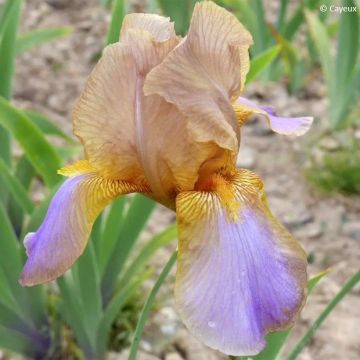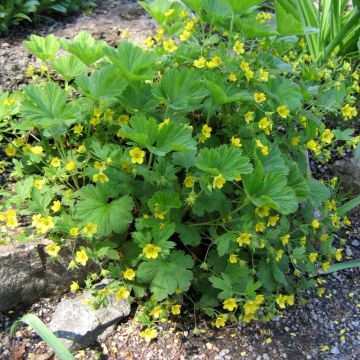Shipping country and language
Your country of residence may be:
Your country of residence is:
For a better user experience on our website, you can select:
Your shipping country:
Andorra
Austria
Belgium
Bulgaria
Canada
Chile
Croatia
Cyprus
Czechia
Denmark
Estonia
Finland
France
Germany
Greece
Hungary
Iceland
Ireland
Italy
Latvia
Lithuania
Luxembourg
Malta
Monaco
Netherlands
Poland
Portugal
Romania
Slovakia
Slovenia
Spain
Sweden
Switzerland
United Kingdom
We only deliver seed and bulb products to your country. If you add other products to your basket, they cannot be shipped.
Language:
French
German
Spanish
English
My Account
Hello
My wish lists
Plantfit
Log in / Register
Existing customer?
New customer?
Create an account to track your orders, access our customer service and, if you wish, make the most of our upcoming offers.
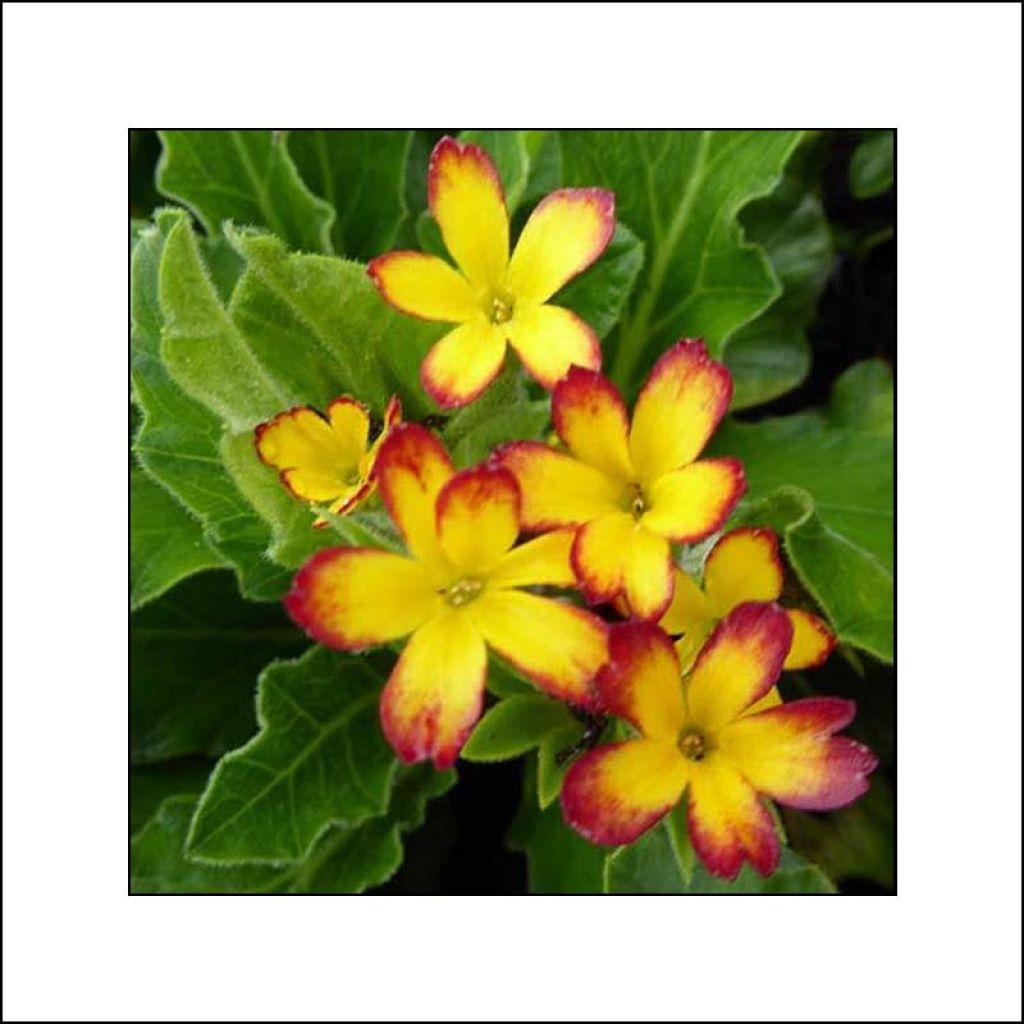

Primula polyanthus Oak Leaf Yellow Picotee - Hose-in-hose
Primula polyanthus Oak Leaf Yellow Picotee - Hose-in-hose
Primula x polyanthus Oak Leaf Yellow Picotee
Hybrid Oak leaf Primula
Small bright flowers that bloom for a long time.
Jennifer, 05/04/2021
Why not try an alternative variety in stock?
View all →Order in the next for dispatch today!
Dispatch by letter from €3.90.
Delivery charge from €5.90 Oversize package delivery charge from €6.90.
More information
This item is not available in your country.
Schedule delivery date,
and select date in basket
This plant carries a 12 months recovery warranty
More information
We guarantee the quality of our plants for a full growing cycle, and will replace at our expense any plant that fails to recover under normal climatic and planting conditions.
From €5.90 for pickup delivery and €6.90 for home delivery
Express home delivery from €8.90.
Does this plant fit my garden?
Set up your Plantfit profile →
Description
The Primula 'Oak Leaf Yellow Picotee' is a truly surprising new hybrid primrose: its beautiful lobed and cut leaves resemble those of an oak tree, and its flowers display slim petals, randomly edged with red-pink, on a bright yellow background. They bloom in small clusters from late winter to mid-spring, accompanying the flowering of Coum cyclamen and blanda anemones in the partially shaded and cool areas of the garden. Highly decorative in the garden, this variety is perfect for container gardening.
The Primula 'Oak Leaf Yellow Picotee' is part of a complex group of polyanthus hybrids characterised by their unusual foliage, which is the result of a spontaneous genetic mutation that occurred in an American nursery in 1999. It is an herbaceous perennial plant belonging, like all primroses, to the primrose family. This remarkable variety stands out for its outstanding foliage and the unusual patterns on its flowers. In just a few months, the plant forms an attractive clump of foliage, reaching a height of 15 to 20 cm (6 to 8in) and a width of 25 to 30 cm (10 to 12in). It develops more or less evergreen rosettes in winter, composed of undulate and embossed leaves with veins, more or less serrated along the edges. Their colour ranges from light to medium green, and they are slightly villous. This primrose blooms continuously from February-March to May. The flowers, which are 2-3cm (1in) in size, have well-separated, somewhat irregular petals randomly edged or pointed with red-pink on a bright yellow background. The centre of the flowers is golden yellow. They are gathered in small clusters and carried by short, more or less purple-tinged villous peduncles.
New varietal creations are bringing these perennials, often grown as biennials, back into the spotlight, much to our delight! The unusual and decorative 'Oak Leaf Yellow Picotee' hybrid primrose deserves a prime spot in the garden or on the balcony, allowing us to admire it up close from the end of winter. It pairs well with spring bulbs that, like itself, appreciate partial shade: anemones and ranunculus, cyclamen, winter aconites (Eranthis), as well as hellebores. In borders or containers, this plant pairs well with its white, blue, and red companions, as well as forget-me-nots and corydalis, which enjoy the same conditions. Primroses are perfect under the cover of deciduous trees, in rockeries and short grass meadows, among snowdrops, pansies, and violets. The leaves and flowers are edible and can be consumed raw or cooked.
Primula polyanthus Oak Leaf Yellow Picotee - Hose-in-hose in pictures
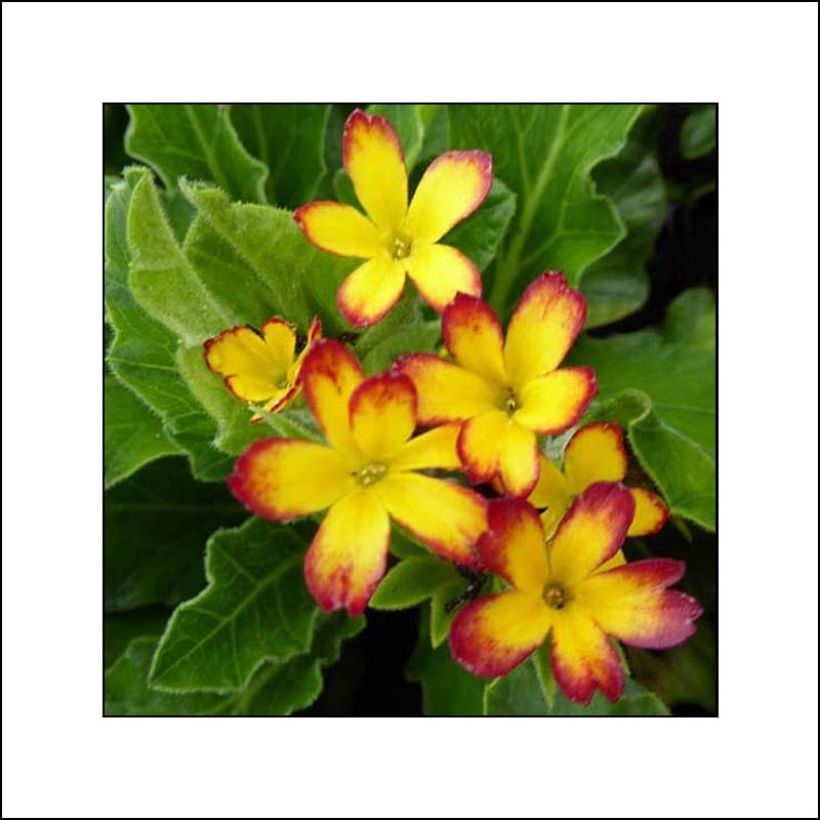

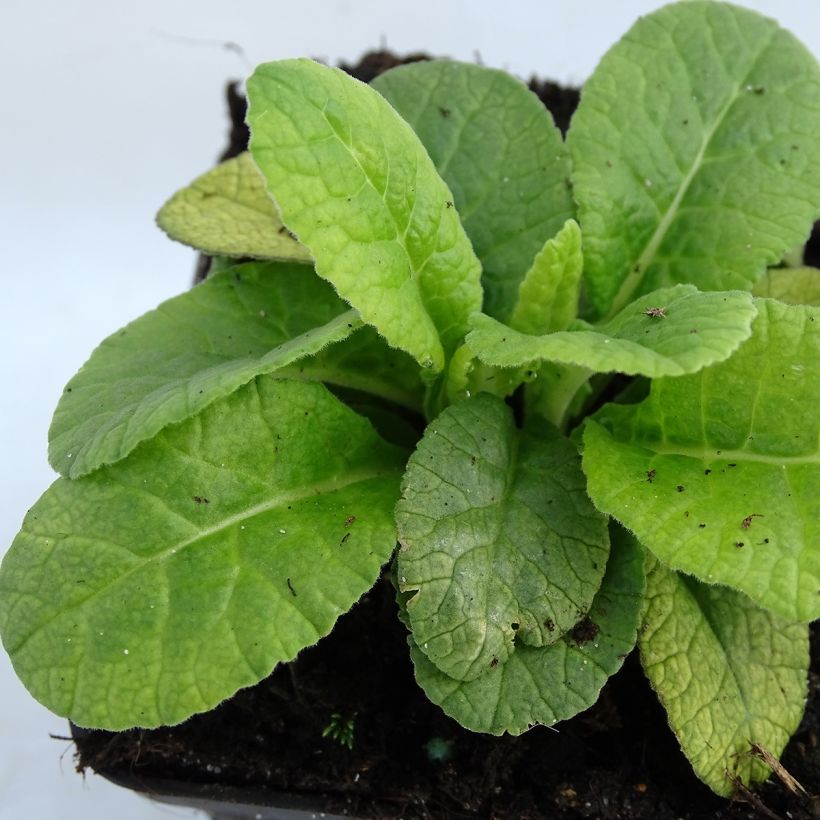

Flowering
Foliage
Plant habit
Botanical data
Primula
x polyanthus
Oak Leaf Yellow Picotee
Primulaceae
Hybrid Oak leaf Primula
Cultivar or hybrid
Other Primula - Primroses
Planting and care
Primroses can be planted in pots and containers or directly in the ground in finely prepared and enriched soil. Plant them as soon as possible upon receipt, in September-October or in March-April. If the intended location is not yet ready or the conditions are unfavourable for planting, you can grow them on as plug plants for 4 to 6 weeks.
In pots and containers, use a good potting soil for flowering plants (geranium-type potting soil) enriched with clay and slow-release fertiliser, light and well-draining. The top of the plug should be level with the soil. Water generously at planting and during the following weeks, as plug plants can dry out quickly. However, be careful of excess water! Make sure to use containers with drainage holes and empty the saucer 10 minutes after watering. Remember to water even during winter if it doesn't rain or if the container is placed in a sheltered location. Do not water during freezing periods.
Very floriferous and fast-growing, primroses are hungry plants. As soon as growth resumes, in late February or early March, and throughout the flowering period, apply a liquid fertiliser for flowering plants containing iron and trace elements 1 to 2 times a week in the watering can. Remove faded flowers to promote new blooms. Once the flowering is over, potted plants can be replanted in the garden in semi-shade.
Planting period
Intended location
Care
- , onOrder confirmed
Reply from on Promesse de fleurs
Spring flowering perennials
Haven't found what you were looking for?
Hardiness is the lowest winter temperature a plant can endure without suffering serious damage or even dying. However, hardiness is affected by location (a sheltered area, such as a patio), protection (winter cover) and soil type (hardiness is improved by well-drained soil).

Photo Sharing Terms & Conditions
In order to encourage gardeners to interact and share their experiences, Promesse de fleurs offers various media enabling content to be uploaded onto its Site - in particular via the ‘Photo sharing’ module.
The User agrees to refrain from:
- Posting any content that is illegal, prejudicial, insulting, racist, inciteful to hatred, revisionist, contrary to public decency, that infringes on privacy or on the privacy rights of third parties, in particular the publicity rights of persons and goods, intellectual property rights, or the right to privacy.
- Submitting content on behalf of a third party;
- Impersonate the identity of a third party and/or publish any personal information about a third party;
In general, the User undertakes to refrain from any unethical behaviour.
All Content (in particular text, comments, files, images, photos, videos, creative works, etc.), which may be subject to property or intellectual property rights, image or other private rights, shall remain the property of the User, subject to the limited rights granted by the terms of the licence granted by Promesse de fleurs as stated below. Users are at liberty to publish or not to publish such Content on the Site, notably via the ‘Photo Sharing’ facility, and accept that this Content shall be made public and freely accessible, notably on the Internet.
Users further acknowledge, undertake to have ,and guarantee that they hold all necessary rights and permissions to publish such material on the Site, in particular with regard to the legislation in force pertaining to any privacy, property, intellectual property, image, or contractual rights, or rights of any other nature. By publishing such Content on the Site, Users acknowledge accepting full liability as publishers of the Content within the meaning of the law, and grant Promesse de fleurs, free of charge, an inclusive, worldwide licence for the said Content for the entire duration of its publication, including all reproduction, representation, up/downloading, displaying, performing, transmission, and storage rights.
Users also grant permission for their name to be linked to the Content and accept that this link may not always be made available.
By engaging in posting material, Users consent to their Content becoming automatically accessible on the Internet, in particular on other sites and/or blogs and/or web pages of the Promesse de fleurs site, including in particular social pages and the Promesse de fleurs catalogue.
Users may secure the removal of entrusted content free of charge by issuing a simple request via our contact form.
The flowering period indicated on our website applies to countries and regions located in USDA zone 8 (France, the United Kingdom, Ireland, the Netherlands, etc.)
It will vary according to where you live:
- In zones 9 to 10 (Italy, Spain, Greece, etc.), flowering will occur about 2 to 4 weeks earlier.
- In zones 6 to 7 (Germany, Poland, Slovenia, and lower mountainous regions), flowering will be delayed by 2 to 3 weeks.
- In zone 5 (Central Europe, Scandinavia), blooming will be delayed by 3 to 5 weeks.
In temperate climates, pruning of spring-flowering shrubs (forsythia, spireas, etc.) should be done just after flowering.
Pruning of summer-flowering shrubs (Indian Lilac, Perovskia, etc.) can be done in winter or spring.
In cold regions as well as with frost-sensitive plants, avoid pruning too early when severe frosts may still occur.
The planting period indicated on our website applies to countries and regions located in USDA zone 8 (France, United Kingdom, Ireland, Netherlands).
It will vary according to where you live:
- In Mediterranean zones (Marseille, Madrid, Milan, etc.), autumn and winter are the best planting periods.
- In continental zones (Strasbourg, Munich, Vienna, etc.), delay planting by 2 to 3 weeks in spring and bring it forward by 2 to 4 weeks in autumn.
- In mountainous regions (the Alps, Pyrenees, Carpathians, etc.), it is best to plant in late spring (May-June) or late summer (August-September).
The harvesting period indicated on our website applies to countries and regions in USDA zone 8 (France, England, Ireland, the Netherlands).
In colder areas (Scandinavia, Poland, Austria...) fruit and vegetable harvests are likely to be delayed by 3-4 weeks.
In warmer areas (Italy, Spain, Greece, etc.), harvesting will probably take place earlier, depending on weather conditions.
The sowing periods indicated on our website apply to countries and regions within USDA Zone 8 (France, UK, Ireland, Netherlands).
In colder areas (Scandinavia, Poland, Austria...), delay any outdoor sowing by 3-4 weeks, or sow under glass.
In warmer climes (Italy, Spain, Greece, etc.), bring outdoor sowing forward by a few weeks.

